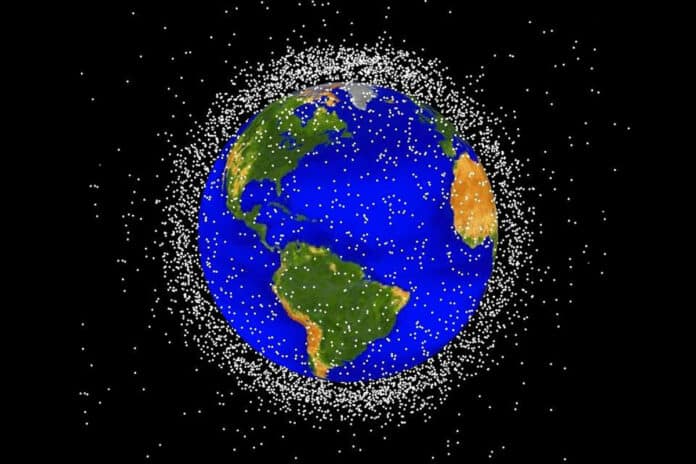MIT’s Astrodynamics, Space Robotics, and Controls Laboratory (ARCLab) have publicly released the MIT Orbital Capacity Assessment Tool (MOCAT) that lets users model the long-term future space environment. It enables users to model the long-term future space environment to understand growth in space debris and assess the effectiveness of debris-prevention mechanisms.
The tool was unveiled during the 2023 Organization for Economic Cooperation and Development (OECD) Space Forum Workshop on December 14.
The escalating congestion in low Earth orbit, due to the surge in satellite deployments, poses a significant risk of collisions and space debris proliferation, and it’s important to conduct thorough space environment studies to develop effective strategies for responsible and sustainable use of space resources.
MOCAT stands out for its capability to model individual objects, diverse parameters, orbital characteristics, fragmentation scenarios, and collision probabilities is MOCAT. It’s a versatile and powerful tool that can differentiate between object categories, generalize parameters, and offer multi-fidelity computations. MOCAT can play a critical role in comprehensive space environment analysis and management.
MOCAT is intended to provide an open-source tool developed by the ARCLab team to help stakeholders, including satellite operators, regulators, and members of the public, make data-driven decisions. The tool’s evolutionary modeling capabilities have been developed over the last several years to enable stakeholders to reach a consensus on actions that can improve space sustainability. The beta release is intended to allow users to experiment with the tool and provide valuable feedback to guide further development.
“MOCAT represents a significant leap forward in orbital capacity assessment,” said Richard Linares, the principal investigator for MOCAT. “By making it open-source and publicly available, we hope to engage the global community in advancing our understanding of satellite orbits and contributing to the sustainable use of space.”
MOCAT has two main components. The first one is called MOCAT-MC, which evaluates space environment evolution through individual trajectory simulation and Monte Carlo parameter analysis. This provides a high-level overall view of the environment and a fidelity analysis of the evolution of individual space objects.
The second component is called the MOCAT Source Sink Evolutionary Model (MOCAT-SSEM), and it uses a lower-fidelity modeling approach that can run on personal computers within seconds to minutes. MOCAT-MC and MOCAT-SSEM can be accessed separately via GitHub. The development of MOCAT has been supported by the Defense Advanced Research Projects Agency (DARPA) and NASA’s Office of Technology and Strategy.
“We are thrilled to support this groundbreaking orbital debris modeling work and the new knowledge it created,” says Charity Weeden, associate administrator for the Office of Technology, Policy, and Strategy at NASA headquarters in Washington. “This open-source modeling tool is a public good that will advance space sustainability, improve evidence-based policy analysis, and help all users of space make better decisions.”
